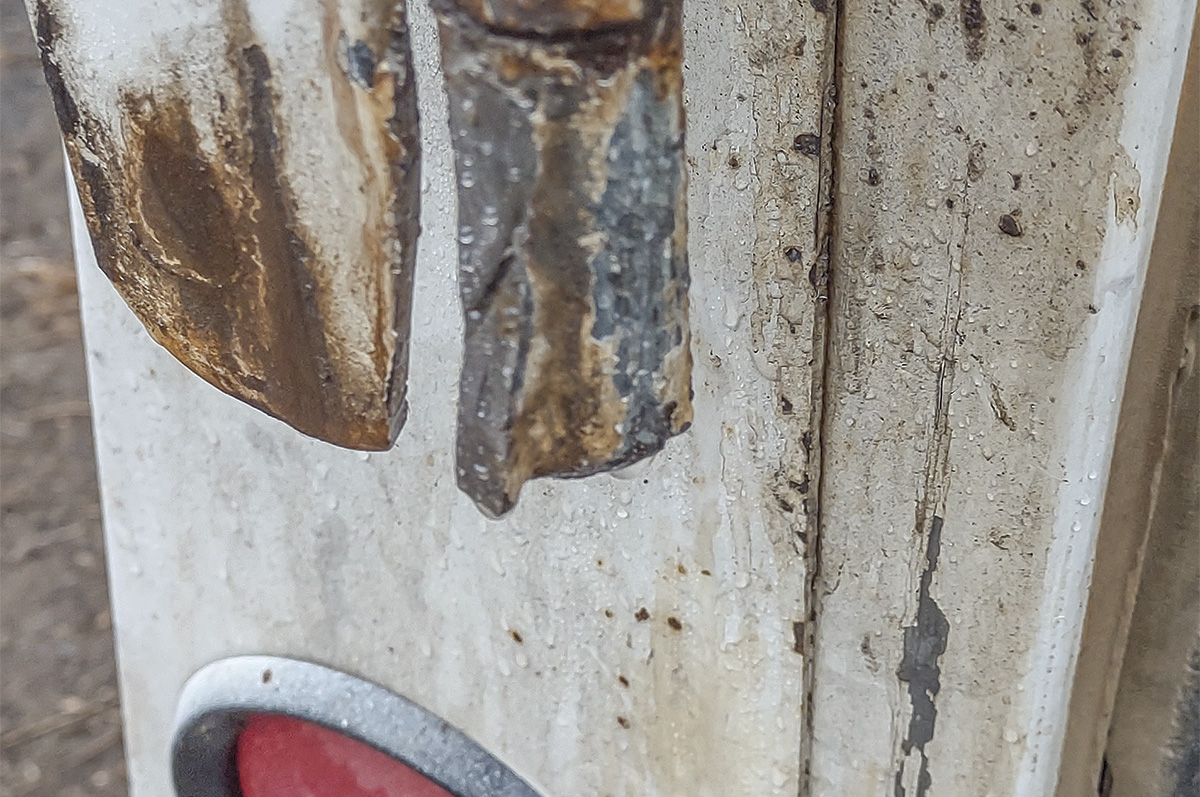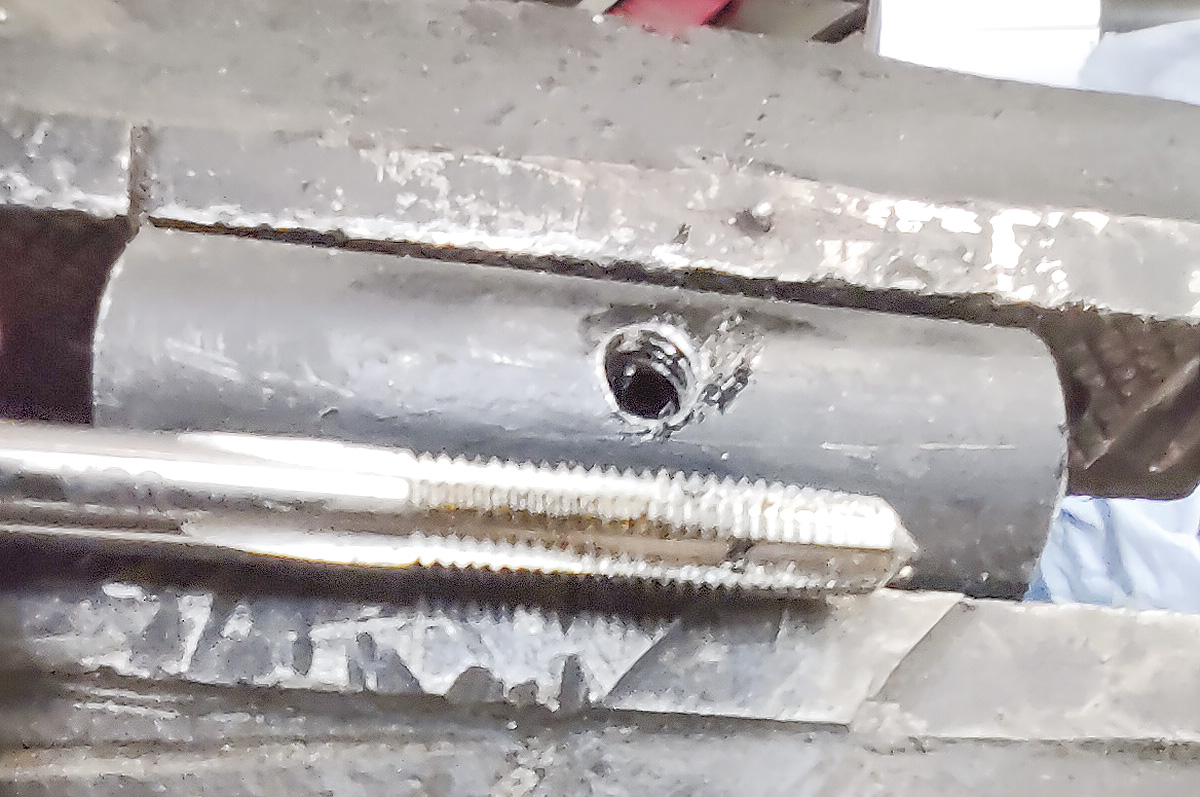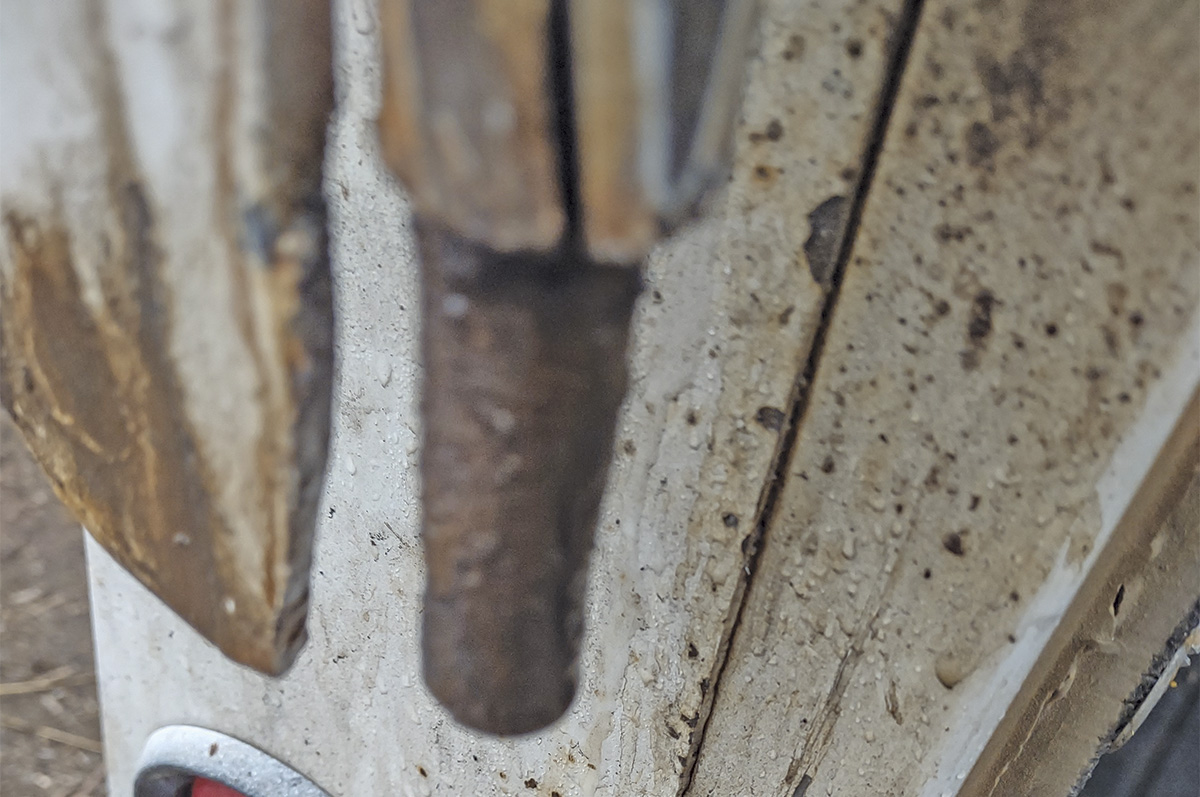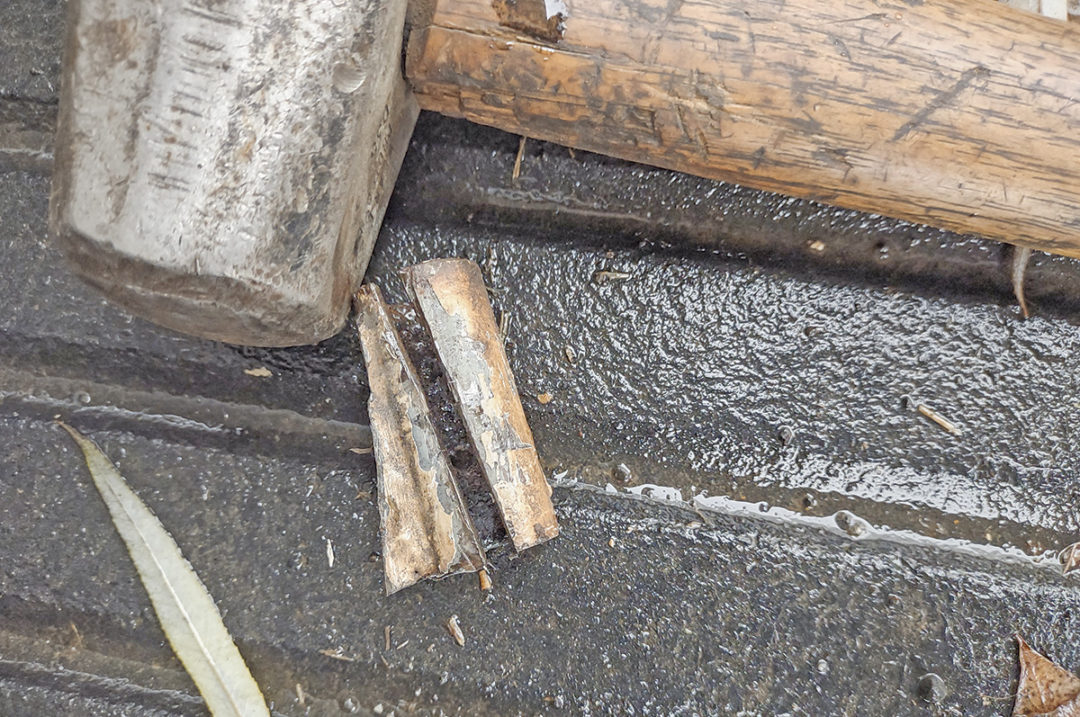The standard answer to reducing repairs in agriculture, or anything else, is simply to stop breaking things. The first step, IMHO (in my humble opinion), is to figure out why something broke in the first place. With that answer, the repair should be made in such a manner that it won’t break again.
So, when (not if) a new piece of machinery breaks, and the operator or owner can see a clear reason why it broke and can repair it to remove the reason it broke in the first place … it would appear that the operators/owners are smarter than the guys who built it!
Some background on this line of thought …
They may know better but didn’t do a better manufacturing job because competitor B is offering a similar product for less money, and making it cheaper also ends up making it inferior. Which they do because the bean counters overrule the engineers.
It may have been a case of the infamous “keyboard engineering,” where the engineer had no real-world experience with actual on-the-farm usage of what he was designing.
Consider the tow hooks on the front of a farm truck – engineered so there is something to anchor to, to safely pull the truck out of a “stuck” or “to-the-shop” situation. Had the one designing the anchor point ever been involved in a situation where the truck was buried past the rear axles and was hooked to a trailer that was similarly mired in thick mud. …
When a sturdy cable was attached, the other end of which attached to a D8 Cat, and when said D8 went “oomph” and easily moved forward while the front portion of the stuck truck followed, leaving behind all but the bumper, or worse, the front axle.
With that point made: A friend who willingly lends me his car trailer as needed mentioned an issue with his slant-stall horse trailer. The tailgate latching mechanism had become too difficult for his wife to work.
We looked at it: 40 inches of hinge consisting of five sections of 1/2-inch pipe with a 1/2-inch rod running vertically through the pipe sections. The upper, lower and bottom 2-inch-long pieces of pipe were welded to a heavy flat bar that the latch handle attached to. The two longer sections of the 1/2-inch pipe were welded to the side of the trailer. The rod was welded top and bottom to the parts anchored to the trailer.
Our first effort was to drill holes in the short pieces and shoot penetrating oil in, hoping to dissolve the built-up rust and crud. This was an exercise in frustration.
Next, we cut off the top and bottom ends of the hinge assembly, just deep enough to see if the end welds were preventing the latch from turning. I used the selfie feature of my phone to take a picture of the bottom end to make sure we had cut deep enough to get all of the weld. We had.
Next, using a “skinny wheel” on an angle grinder, we cut the bottom short piece of hinge loose from the latch handle piece. Now the latch handle swung freely, the penetrating oil having done its job on the top and center short hinge pieces.

Photo by Brad Nelson.
Our first “worst case” thoughts had been that it would be simple to remove the whole hinge assembly and replace it with new pipe and rod. Now we only needed to address the lower short piece. I cut into it with the skinny wheel vertically, then spread it with a cold chisel and trusty 4-pound persuader. It dropped off.
With a short new piece of schedule 80 black pipe, I made a new piece, this one with a grease zerk. I had to whittle away at the rusty bottom end of the rod so the new piece would fit and turn freely. With this held in place with a magnet, I welded it to the flat bar attached to the latch handle. I greased it repeatedly through the range of motion it had. It hadn’t heat shrunk to make it immovable, so I was done.

Photo by Brad Nelson.

Photo by Brad Nelson.
Why did it break? Because the manufacturer had welded both ends of the center rod of the hinge so it couldn’t fall out either up or down. This also prevented any moisture/rust accumulation from falling down out of the hinge. There was no means to lubricate the hinge. Had we replaced the whole hinge assembly, my plan was to include a grease zerk on each small section.
The malfunctioning part was replaced, and with the added grease zerk and leaving the bottom open for moisture drainage, plus the lubrication, the repair eliminated a recurrence.
So which group are we smarter than? The engineers who knew that without lube and drainage there would eventually be a problem? Or just the bean counters with their “put it together cheaply and get it out the door” mentality?











